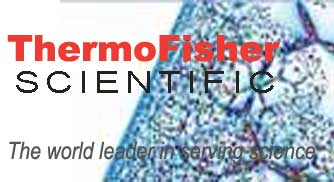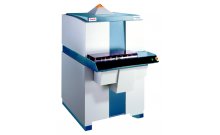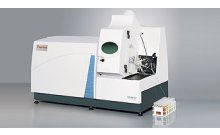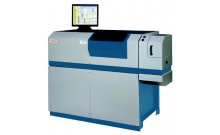iCE 3500 石墨炉原子吸收光谱仪应用于植物中的铅的测定
abstract:
It is common practice to perform an oxidative digestion of the plant material before analysis to destroy the organic material and take the lead into solution。 Dry ashing procedures are less suitable, as lead is a volatile metal, and can easily be lost during the ashing process。 Wet oxidative digestions in open vessels using concentrated acid mixtures can be successful, but require careful control to ensure complete destruction of the organic material and to avoid contamination. Digestion in sealed vessels reduces the likelihood of contamination and allows higher temperatures and pressures to be obtained, aiding the destruction of the organic material。 The use of microwave power, rather than a conventional oven, further increases the efficiency of the digestion, and shortens the time required。
A purpose designed high pressure microwave digestion system can be used to digest a wide range of plant materials quickly and easily. As the organic material is completely destroyed by the digestion, the final solution contains only inorganic salts, and can be analysed simply by Graphite Furnace Atomic Absorption Spectrometry with an appropriate choice of atomisation technique and matrix modifier.
instrument:
Conclusions:
A rapid, precise and accurate method for the determination of low levels of lead in plant materials has been developed. High pressure microwave digestion ensures the complete destruction of the organic matrix, and platform atomisation with the reduced palladium and magnesium nitrate modifiers permits precise and interference free determination of the lead concentration by Graphite Furnace Atomic Absorption Spectrometry.




